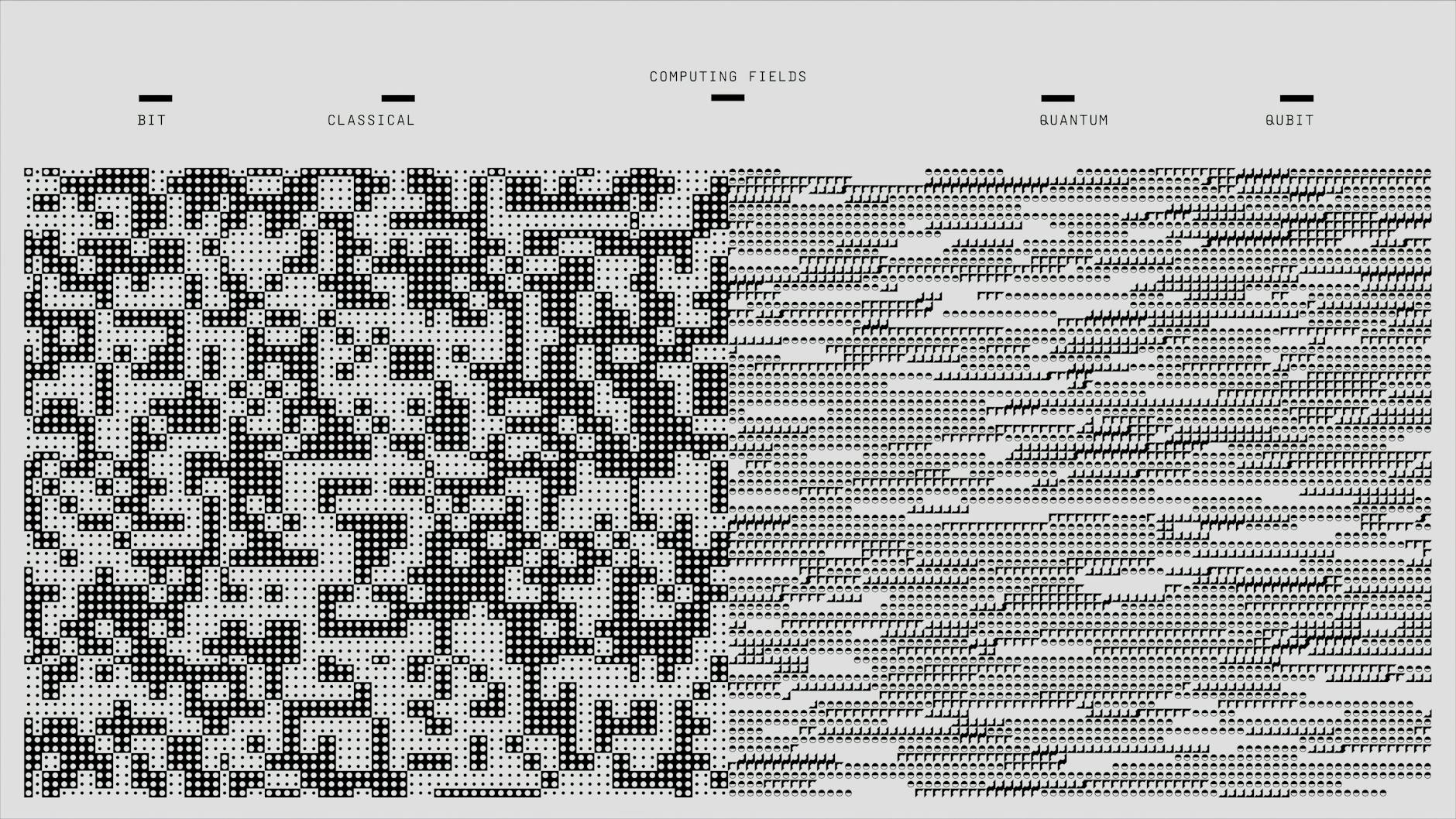Quantum Leap or Digital Mirage? Decoding the Latest Computing Claim
A new report details a quantum computer’s speed on a complex task, sparking debate on its real-world impact.
The race to build powerful quantum computers has taken another turn with the announcement that a new device has achieved “quantum advantage.” This milestone signifies a quantum computer completing a specific calculation that is practically impossible for even the most powerful conventional supercomputers. While proponents hail this as a significant step forward, questions remain about the practical applications and timelines for such advancements.
What is Quantum Advantage?
Quantum computers operate on principles of quantum mechanics, utilizing phenomena like superposition and entanglement to perform calculations. Unlike classical computers that store information as bits representing either 0 or 1, quantum computers use qubits that can represent 0, 1, or a combination of both simultaneously. This allows them to explore a vast number of possibilities concurrently.
The recent claim, as reported by New Scientist, involves a quantum computer using particles of light, often referred to as a photonic quantum computer. This machine reportedly completed a particular computation in mere microseconds. For comparison, the same calculation could theoretically take the world’s most advanced supercomputers an astronomically long time – measured in trillions of trillions of trillions of years.
The Promise of Quantum Computing
The potential applications of quantum computing are far-reaching and could revolutionize various sectors. These include:
- Drug Discovery and Materials Science: Simulating molecular interactions with unprecedented accuracy, leading to faster development of new medicines and advanced materials.
- Cryptography: Breaking current encryption methods, necessitating the development of quantum-resistant cryptography.
- Financial Modeling: Optimizing complex financial portfolios and risk analysis.
- Artificial Intelligence: Accelerating machine learning algorithms and enabling new AI capabilities.
- Logistics and Optimization: Solving intricate optimization problems for supply chains and complex systems.
Achieving quantum advantage is seen as a validation of the underlying principles and engineering efforts in the field. It demonstrates that quantum computers can, in principle, outperform classical computers on certain tasks.
Skepticism and the Path Forward
However, the significance of this particular achievement is a subject of ongoing discussion within the scientific community. Critics often point out that “quantum advantage” is demonstrated on highly specific, often contrived, problems that do not have immediate practical utility. The calculation performed, while immensely complex for classical machines, may not represent a real-world challenge that businesses or researchers are currently facing.
Furthermore, the stability and error rates of current quantum computers remain significant hurdles. Qubits are notoriously fragile and susceptible to environmental noise, leading to errors in calculations. While this new system may have achieved advantage on a specific task, its ability to perform a broad range of useful computations reliably is yet to be proven.
There are also differing approaches to building quantum computers. The reported device uses photons, while other leading research efforts focus on superconducting circuits or trapped ions. Each architecture has its own strengths and weaknesses, and it is not yet clear which will ultimately prove most scalable and versatile.
What Does This Mean for You?
For the average person, the immediate impact of this quantum computing milestone is negligible. The specialized nature of the calculation and the current stage of quantum technology mean that everyday applications are still some way off. Companies and researchers heavily invested in quantum computing will closely monitor these developments for their potential to shape future technological landscapes.
It is important to distinguish between achieving a theoretical advantage on a specific problem and developing a fault-tolerant quantum computer capable of solving a wide array of practical, commercially relevant problems. The latter remains a formidable engineering and scientific challenge.
Key Takeaways:
- A quantum computer using light particles has reportedly achieved “quantum advantage” by completing a specific calculation far faster than any supercomputer.
- Quantum advantage signifies outperforming classical computers on a particular task, not necessarily a broad utility.
- Potential applications of quantum computing span medicine, finance, AI, and cryptography, but these are long-term goals.
- Challenges remain in quantum computing, including qubit stability, error correction, and the development of practical, versatile machines.
- The immediate real-world impact for the general public is minimal, with significant advancements still anticipated.
Looking Ahead
The continuous progress in quantum computing, marked by milestones like this, is a testament to sustained research and investment. While the path to widespread practical quantum computing is likely to be long and complex, each advancement offers valuable insights and propels the field forward. Future breakthroughs will likely focus on increasing the number of stable qubits, improving error correction techniques, and demonstrating quantum advantage on problems with tangible real-world applications.


























